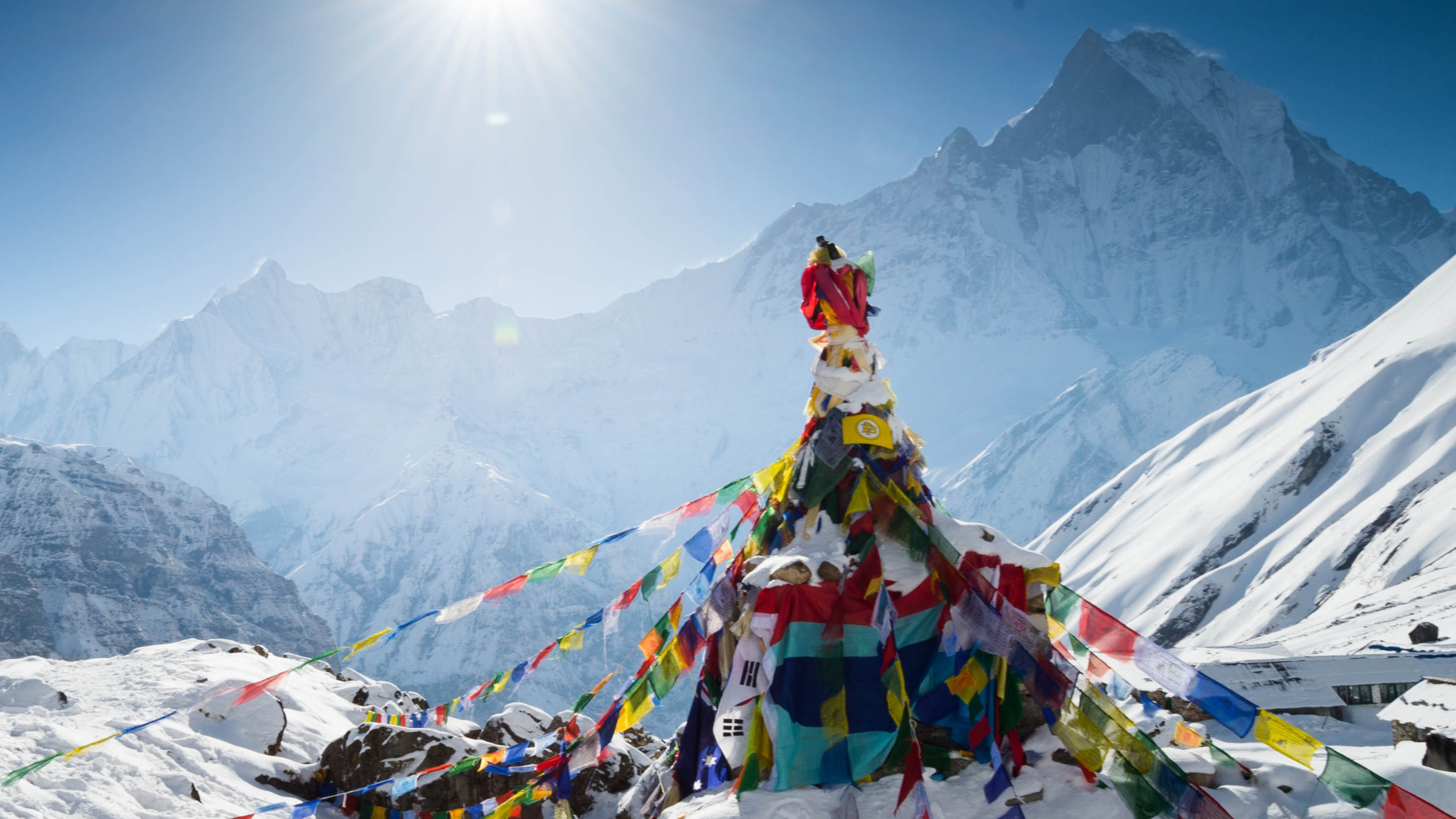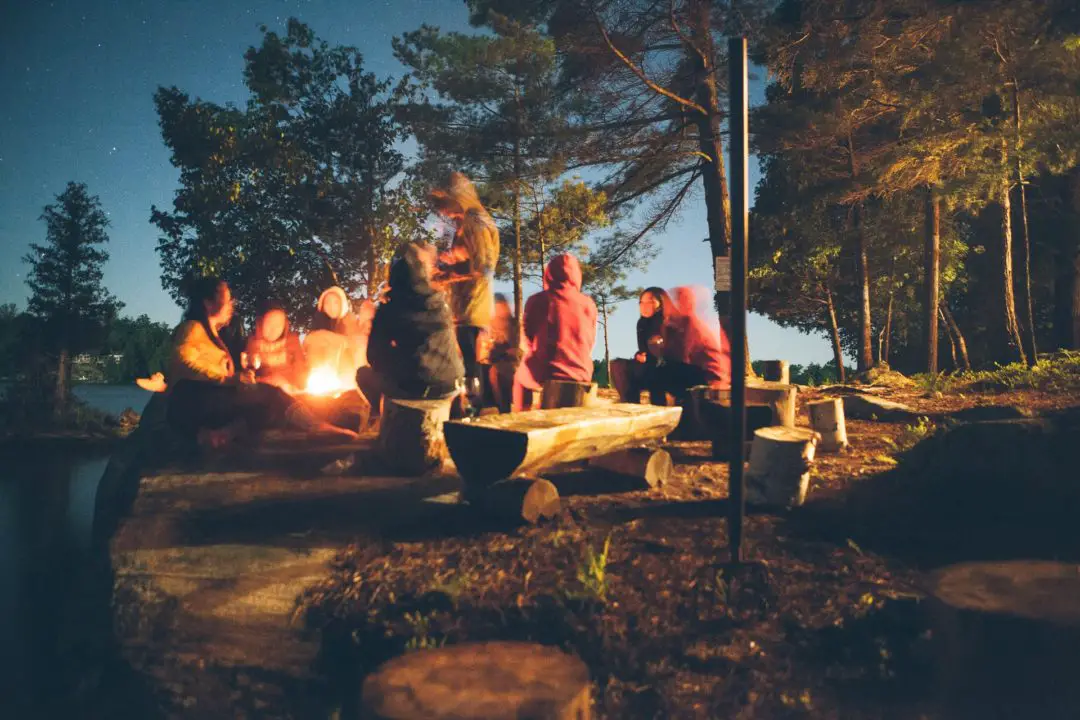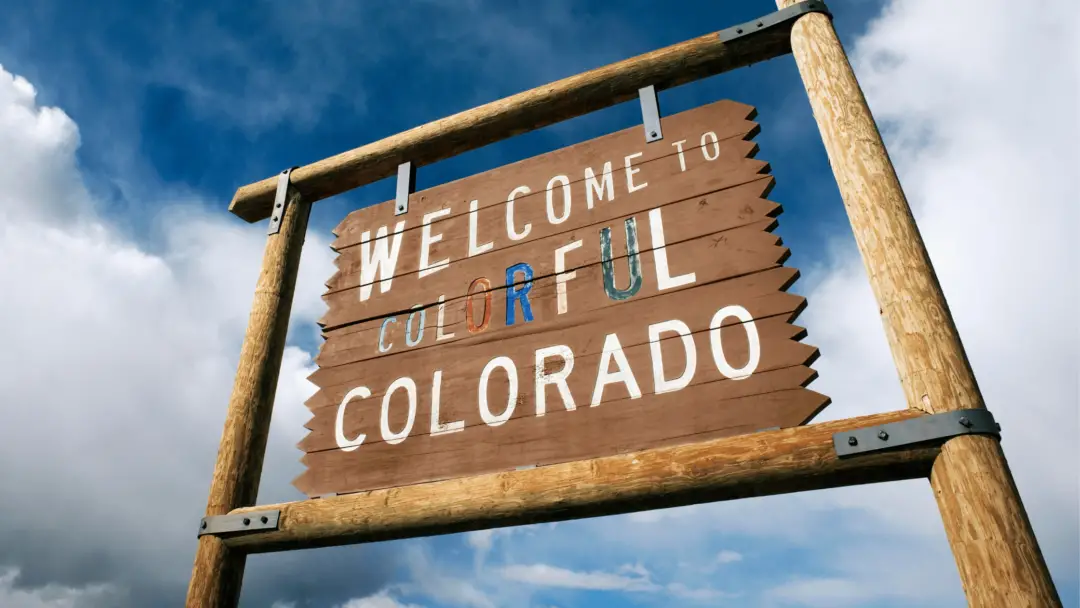Exploring the most popular hobbies in Nepal offers you a unique lens through which to appreciate its rich culture and history.
One of the most cherished activities is traditional weaving. Artisans create intricate Dhaka fabric using unique techniques. This fabric is often transformed into garments like sarees and shawls, reflecting centuries-old traditions and craftsmanship.

Boating is another beloved pastime, despite Nepal being a landlocked country.
With numerous lakes and rivers, locals and tourists alike enjoy serene boat rides against the picturesque backdrop of the Himalayas.
This activity not only provides relaxation but also connects you to the natural beauty that is integral to Nepali life.
Nepal’s history and traditions are also evident in its diverse range of crafts.
From ancient arts influenced by Hinduism and Buddhism to modern interpretations, these crafts are more than just decorative items—they are a testament to the enduring spirit and creativity of the Nepali people.
Exploring these hobbies allows you to immerse yourself in the essence of Nepalese culture and tradition.
The Rich Tapestry of Nepali Culture and Heritage

Nepal boasts a rich cultural heritage shaped by its prominent religions and a variety of festivals. Its landscape is dotted with significant cultural sites that draw visitors from around the globe.
Influence of Buddhism and Hinduism
Nepal’s culture is deeply influenced by both Hinduism and Buddhism.
Hinduism, practiced by a majority of the population, is evident in the numerous temples and rituals observed daily.
Important Hindu temples include Pashupatinath and Muktinath.
Buddhism also plays a significant role, particularly in regions like Lumbini, the birthplace of Buddha.
The World Peace Pagoda in Pokhara is a testament to Buddhist influence, serving as a symbol of global peace.
Both religions coexist harmoniously, contributing to the nation’s unique cultural tapestry.
Festivals and Events Celebrated in Nepal
Nepal’s festivals reflect its rich cultural diversity.
Dashain and Tihar are two major Hindu festivals celebrated with grand rituals and community gatherings.
Dashain symbolizes the victory of good over evil and features the worship of the goddess Durga.
Tihar, also known as the festival of lights, honors various deities, animals, and relationships through elaborate ceremonies.
Buddhist festivals like Buddha Jayanti, marking Buddha’s birth, enlightenment, and passing, also play a pivotal role in Nepal’s cultural calendar.
Cultural Heritage Sites Across the Country
Nepal is home to numerous UNESCO World Heritage Sites, particularly within the Kathmandu Valley.
Notable sites include the Durbar Squares of Kathmandu, Bhaktapur, and Patan, showcasing stunning architecture and historical significance.
Each square features palaces, courtyards, and temples reflective of the Malla era.
Lumbini, another UNESCO site, is a central pilgrimage for Buddhists worldwide. The region features the Maya Devi Temple, marking the precise location of Buddha’s birth.
Additionally, Swayambhunath (also known as the Monkey Temple) and Boudhanath Stupa offer panoramic views of the region, attracting both pilgrims and tourists.
Pastimes Rooted in History: Traditional Hobbies

Nepal is home to a rich tapestry of traditional hobbies deeply ingrained in its history and cultural heritage.
These activities not only offer a window into Nepal’s past but also remain a vibrant part of its present-day cultural expression.
Music and Dance
Music and dance hold a prestigious place in Nepali tradition.
Covering various regional and ethnic styles, traditional Nepali music includes the harmonious tunes of the Sarangi, a string instrument typically made of wood.
Dances such as the Tamang Selo and the Lakhey dance are central to cultural festivals and rituals.
Traditional songs like the folk melodies of the Gandharvas, traveling musicians who traditionally sang tales of heroism and love, continue to captivate audiences.
Festivals like Tihar and Dashain often feature vibrant dance performances, creating a lively and communal atmosphere.
Handicrafts and Traditional Crafts
Handicrafts have been a mainstay of Nepali culture for centuries.
Wood carving is especially significant, with craftsmen creating intricate designs on temples and wooden panels.
Another notable craft is pottery, where artisans mold clay into beautiful pots and statues used in everyday life and religious ceremonies.
Textiles such as Dhaka fabric, intricately woven and used for traditional clothing like the Topi, showcase Nepal’s rich textile heritage.
Traditional crafts also encompass making metal statues of deities, which are often used in homes and temples throughout the country.
Thangka Paintings and Other Art Forms
Thangka paintings are detailed and colorful portraits of Buddhist deities and mandalas, painted on cotton or silk.
These artworks serve as religious teaching tools and are often used in meditation practices.
Each painting involves meticulous attention to detail and adherence to iconographic guidelines, reflecting centuries of artistic tradition.
Other art forms include Tibetan Buddhist scroll paintings, which often depict scenes from Buddha’s life.
The creation of these artworks is a highly respected skill passed down through generations, preserving the spiritual and artistic heritage of Nepal.
The Great Outdoors: Adventure and Exploration

Nepal offers various exciting outdoor activities that allow you to explore its stunning landscapes and rich wildlife. From trekking in the Himalayas to enjoying thrilling aerial sports, there’s something for every adventurer.
Trekking and Mountain Sports
Trekking in Nepal is a must-do for adventure enthusiasts.
The Everest Base Camp trek offers breathtaking views of the world’s highest peak, attracting trekkers from around the globe.
The Annapurna Circuit is another popular route, known for its diverse landscapes and cultural experiences.

For those looking for mountain sports, climbing and mountaineering in the Himalayas present challenges that test your limits.
Additionally, the newly introduced Annapurna Cable Car provides an accessible way to enjoy the alpine scenery without the strenuous trek.
Wildlife Safaris and Conservation Areas
Nepal is home to diverse wildlife.
Chitwan National Park is famous for its wildlife safaris, where you can spot the majestic Bengal Tiger and the rare One-Horned Rhinoceros. The park’s rich biodiversity attracts nature lovers and photographers alike.
You can also visit Sagarmatha National Park, a UNESCO World Heritage Site, to experience the natural beauty of the Everest region.
Both parks play a crucial role in wildlife conservation and offer a chance to learn about Nepal’s commitment to preserving its natural heritage.
Water Activities and Aerial Sports
For water enthusiasts, white water rafting in the Trishuli River provides thrilling rapids amidst beautiful scenery.
Kayaking is also popular, with several rivers offering both beginner-friendly and challenging routes.
Aerial sports like paragliding over Sarangkot Hill in Pokhara provide stunning bird’s-eye views of the Himalayas.
Bungee jumping at sites like the Last Resort is perfect for those seeking an adrenaline rush.
Each of these activities offers unique ways to experience Nepal’s natural beauty from different perspectives.
When exploring the great outdoors in Nepal, remember to respect local customs and environmental guidelines to ensure these destinations remain pristine for future adventurers.
Culinary Delights: Exploring Nepali Cuisine

Nepali cuisine offers a rich diversity of flavors, influenced by the country’s unique geography and various cultures. From staple dishes to the cultural importance of food and the joys of cooking, you’ll find a world of culinary delights to explore.
Traditional Dishes and Ingredients
Nepali cuisine is characterized by its use of fresh, local ingredients and traditional cooking methods.
Dal Bhat, consisting of lentil soup (dal) and rice (bhat), is a staple in Nepali households. The dish often comes with a variety of accompaniments like vegetables, pickles, and meat curry.
Momos, or Nepali dumplings, are another popular choice. These can be filled with vegetables, meat, or cheese and are commonly served with spicy chutney.
Sel Roti, a type of rice doughnut, is often enjoyed during festivals and special occasions.
Regional specialties vary, with dishes like Thakali Khana and Newari Cuisine highlighting different influences and ingredients. Street foods like samosas and chatamari offer even more variety.
Cultural Significance of Food
Food in Nepal is not just for sustenance; it plays a crucial role in social and cultural rituals.
Meals are often communal, bringing families and communities together. Traditional dishes are frequently prepared during festivals, religious ceremonies, and family gatherings.
For instance, Newari Cuisine is central to many local festivals and is known for its elaborate preparations.
Food items also carry symbolic meanings. Sel Roti, for example, is often made during Tihar, the festival of lights, symbolizing prosperity and good fortune.
Serving food is another culturally significant act. Multiple dishes are served on a single plate, allowing diners to enjoy a balanced meal with different tastes and textures. This practice emphasizes the importance of harmony and balance in Nepali culture.
Cooking as a Hobby
Cooking Nepali cuisine can be a rewarding hobby, offering both a creative outlet and a way to connect with Nepali culture.
Starting with simple dishes like dal bhat and working up to more complex recipes like momos can be a fulfilling process.
Local markets are excellent places to find fresh ingredients like spices, vegetables, and meats.
Exploring traditional cooking methods, such as using a clay oven, can add authenticity to your culinary endeavors.
Joining a cooking class or watching online tutorials can enhance your skills. Experimenting with different recipes helps you appreciate the depth and variety of Nepali cuisine, making cooking an engaging and educational hobby.
Check out our Huge List of Food Hobbies for more awesome food and cooking-related hobby ideas!
Urban Arts and Creativity: Kathmandu and Beyond

Kathmandu boasts a dynamic and evolving artistic landscape. With a convergence of modern and traditional influences, the city’s creativity and innovation shine through in its art and literature.
Modern Art and Literature
Kathmandu’s art scene thrives with galleries and street art showcasing a blend of contemporary styles and traditional techniques.
Handmade Lokta paper, often used in artworks, is a nod to Nepal’s rich cultural heritage.
Modern literature in Kathmandu spans from poetry to manga, reflecting diverse voices and narratives.
Authors often explore themes rooted in Nepali culture but with a global perspective, making the literature both unique and relatable.
Fusion of Tradition and Innovation
The artistic expressions in Kathmandu blend ancient practices with modern sensibilities.
Madal drums, traditionally used in folk music, now feature in innovative musical compositions.
Workshops on traditional crafts, such as pottery, attract both locals and tourists.
They provide hands-on experiences that fuse old and new techniques. This blend ensures that age-old art forms not only survive but thrive in contemporary settings.
Connection and Respect: Nepal’s Social Customs

Nepal’s social customs emphasize hospitality, familial bonds, and deep-rooted religious practices. Understanding these customs enriches your travel experience and helps you connect more meaningfully with the local culture.
Hospitality and Family Values
In Nepal, hospitality is paramount.
When visiting a Nepalese home, you’re often greeted with a warm Namaste, accompanied by a slight bow and hands pressed together. You might also experience the custom of offering food or tea as a sign of respect and welcome.
Family values play a significant role in daily life.
Elders are respected and often live with their children, fostering intergenerational connections. Celebrations and festivals usually involve extended family gatherings, reinforcing familial bonds. Traditional customs, like wearing cultural attire during special occasions, showcase the importance of heritage and unity.
Religious Practices and Pilgrimages
Religious practices in Nepal intricately blend Hinduism and Buddhism.
Major religious sites like Swayambhunath Stupa and Pashupatinath Temple draw millions of pilgrims each year. The Bagmati River, especially near Pashupatinath, is considered sacred and is a common site for rituals and ceremonies.
Pilgrimages form a core aspect of religious life.
Many Nepalese undertake journeys to holy sites, often during festivals. For instance, the trek to Muktinath is highly revered. Participating or observing these practices offers deep insights into Nepal’s spiritual landscape and its impact on daily life.
Craftsmanship and Techniques: Preserving Traditional Skills

In Nepal, traditional craftsmanship is a vital part of cultural heritage.
Important skills include textile weaving and handmade paper production, as well as metalwork and jewelry making. These crafts reflect Nepali ingenuity and artistic expression.
Textile Weaving and Handmade Paper
Textile weaving in Nepal often involves silk and cotton threads.
The intricate patterns and vibrant colors are key features of Nepali fabrics. You can find beautiful examples in traditional clothing like the gunyu cholo and daura suruwal. Weaving techniques passed down through generations ensure the continuation of this art form.
Handmade paper is another significant craft.
Derived from the Lokta plant, this sturdy paper is used for mandalas, books, and official documents. Its preparation involves harvesting the bark, boiling it, and then forming it into sheets. This process not only supports local economies but also preserves an eco-friendly practice.
Metalwork and Jewelry Making
Nepalese metalwork and jewelry making showcase fine craftsmanship.
Artisans work with metals like copper and silver to create items ranging from kitchen utensils to religious idols. Techniques include hammering, engraving, and casting.
Jewelry making is another ancient craft.
Embroidery and embedding of precious stones are common in Nepali jewelry. Artisans often use traditional designs that reflect cultural symbolism and beliefs. Whether for daily wear or ceremonial use, these pieces are deeply connected to Nepalese identity.
Getting Started with Hobbies in Nepal

Embarking on new hobbies in Nepal can be a fulfilling experience, blending personal interests with the country’s rich cultural heritage.
By focusing on your passion, seeking resources, and embracing local traditions, you can deeply connect with community activities.
Identifying Your Interests
Begin by exploring what genuinely excites you.
Nepal offers diverse hobbies, from trekking in the hilly areas to boating on its serene lakes.
Consider both traditional hobbies like Nepali arts and crafts and modern activities such as reading or photography. Make lists of what draws your attention, and then prioritize based on availability and your personal preferences.
Finding Resources and Communities
Join local hobby groups to find like-minded individuals who share your passions.
In Nepal, there are numerous clubs and online forums where you can gain information, support, and guidance.
Local bookstores, libraries, and cultural centers often provide resources. Additionally, you can access tutorials and websites, such as Ling App, to assist in learning new skills and language-related activities.
Incorporating Nepali Cultural Elements
Many Nepalese hobbies are deeply rooted in cultural heritage.
Integrate elements like traditional Dhaka fabric weaving or participating in local festivals.
Learn the history and significance of these activities to gain a respectful understanding of their cultural importance. Taking part in community events not only enriches your hobby experience but also strengthens your connection to local traditions and values.
Frequently Asked Questions

Discover the diverse range of hobbies in Nepal, shaped by historical influences and enriched by unique cultural practices. Learn how to get started with traditional activities and understand the significance of cultural festivals.
What are some common leisure activities that Nepalese people engage in?
Nepalese people often engage in hiking and trekking, taking advantage of the country’s picturesque landscapes.
Other popular activities include playing traditional musical instruments like the Madal and Sarangi, as well as participating in community festivals and religious ceremonies.
How have historical influences shaped current hobbies in Nepal?
Historical influences such as the Lichchavi and Malla periods have enriched Nepalese hobbies with artistic and musical traditions.
These eras introduced various forms of art, dance, and music that continue to be practiced today, contributing to the country’s rich cultural heritage.
What are unique cultural pastimes specific to Nepal?
Some unique cultural pastimes in Nepal include the celebration of Newari festivals, which feature traditional dances, music, and food.
The Newari tradition is particularly vibrant, showcasing distinctive rituals, cuisines, and architectural styles that reflect the community’s values.
Can you provide an overview of how to get involved in traditional Nepalese hobbies?
To get involved in traditional Nepalese hobbies, consider joining local groups or workshops that focus on activities like pottery, weaving, or traditional music.
You can also participate in community festivals and visit cultural centers that offer classes and demonstrations of various traditional practices.
What role do cultural festivals play in the hobbies of Nepal?
Cultural festivals in Nepal are integral to its hobbies, serving as occasions for communal participation in music, dance, and art.
Major festivals such as Dashain and Tihar feature rituals, performances, and games that bring communities together and keep traditional hobbies alive.
What are some contemporary hobbies among the younger population in Nepal?
Younger Nepalese people often engage in contemporary hobbies like playing soccer and cricket. They also participate in online gaming and practice modern dance forms.
Additionally, shopping in bustling areas such as Thamel and indulging in urban-based leisure activities have gained popularity.





